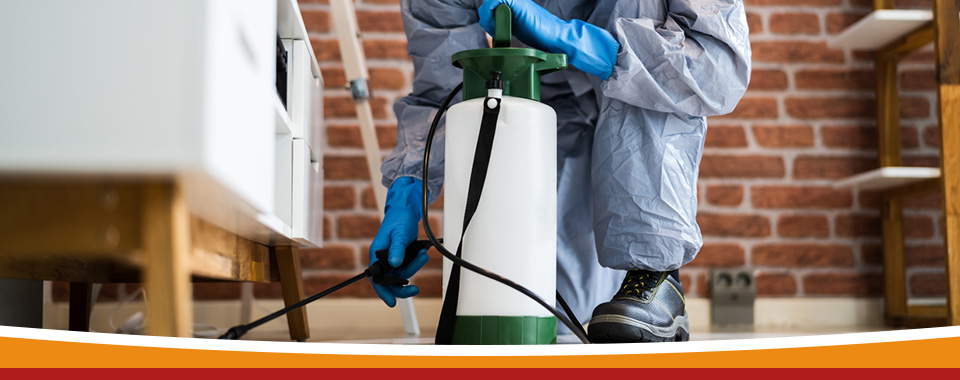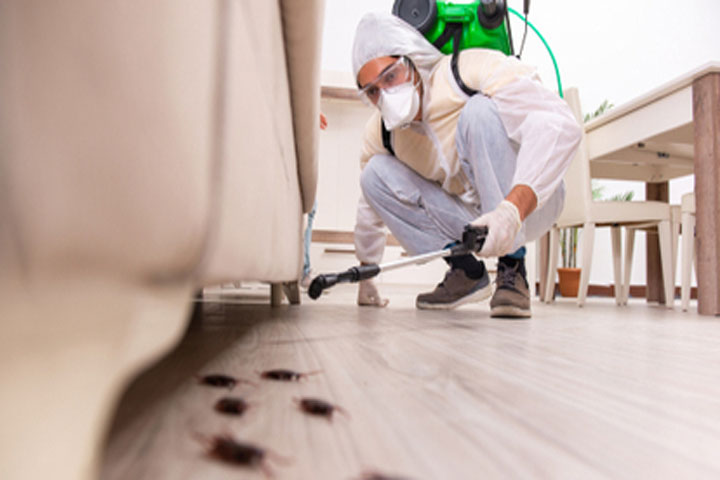Expert Insect Control Techniques for Long-Term Outcomes
Expert insect control methods encapsulate a thorough strategy that begins with a complete examination and assessment, followed by accurate insect identification to recognize their behavior patterns. The execution of Integrated Parasite Administration (IPM) concepts, paired with eco-conscious treatments, forms the foundation of lasting parasite obliteration.
Inspection and Evaluation
Upon going into a property for bug control solutions, the first step is a detailed assessment and evaluation to identify the extent of the problem and figure out the most effective therapy strategy. Expert insect control service technicians are trained to carefully take a look at the premises, searching for signs of parasite task such as droppings, nibble marks, nests, or any architectural damages. They will certainly likewise examine the problems that may be attracting pests, such as food sources, water leaks, or access factors.

Parasite Recognition and Behavior

In addition, recognizing the actions of the recognized parasite is key to implementing efficient control measures. Understanding where bugs nest, what they feed on, and their task patterns can help pest control professionals devise approaches to remove them effectively. Some pests might be nocturnal, while others are extra active throughout the day. This understanding permits the application of therapies at optimal times for optimum effectiveness.
Integrated Bug Management (IPM)
Integrated Bug Management (IPM) approaches integrate multiple methods to regulate and avoid pest problems in a sustainable and environmentally pleasant way. bed bug visit the website exterminator. By incorporating approaches such as biological control, environment manipulation, alteration of cultural techniques, and making use you could try here of resistant varieties, IPM intends to reduce using chemical pesticides
Among the essential concepts of IPM is the emphasis on prevention. This aggressive technique involves surveillance parasite populations consistently to spot any kind of potential problems prior to they rise. By identifying parasite problems beforehand, pest control steps can be applied swiftly and efficiently.
In addition, IPM promotes the use of non-toxic bug control approaches whenever feasible. This can consist of using all-natural predators of the bugs, presenting advantageous insects, or utilizing pheromones to interrupt breeding patterns. By lowering dependence on chemical pesticides, IPM not just safeguards the environment yet additionally aids keep an equilibrium in the community.
Environmentally-Friendly Therapies
Carrying out eco-conscious techniques in parasite control procedures can successfully deal with problems while prioritizing ecological sustainability. Environmentally-friendly therapies focus on lessening the impact of insect control approaches on communities, non-target microorganisms, and human health and wellness.
An additional key element of environmentally-friendly treatments is making use of organic and deemak control naturally degradable products that damage down quickly without leaving dangerous residues in the atmosphere. Botanical insecticides obtained from plants like chrysanthemums or neem use effective insect control while presenting marginal danger to non-target varieties. Utilizing methods like heat therapies or scent traps can target certain pests with precision, lowering the total environmental effect of insect control techniques.
Recurring Surveillance and Maintenance
Constant security and maintenance are necessary elements of effective bug control management. Ongoing surveillance plays a critical function in making certain that insect problems are discovered early and taken care of without delay. Routine examinations by trained specialists are required to determine any type of indications of parasite activity, evaluate the performance of previous treatments, and make adjustments to the bug control plan as required. By keeping an eye on bug populaces over time, insect control specialists can track patterns, expect prospective problems, and carry out precautionary actions to minimize the danger of future infestations.
In enhancement to monitoring, maintenance practices are essential for long-lasting bug control success. This includes executing proper cleanliness procedures to get rid of possible food and water resources for parasites, securing off entry indicate prevent insects from going into the facilities, and attending to any type of architectural problems that might assist in parasite problems (bed bug exterminator). By including recurring surveillance and upkeep into an integrated insect administration method, services can make sure a pest-free setting and secure their residential or commercial property against expensive damage and health and wellness risks
Verdict
Finally, using expert insect control techniques such as thorough inspection and assessment, accurate parasite recognition and understanding of their actions, integrated insect administration techniques, environmentally-friendly treatments, and ongoing monitoring and upkeep are necessary for accomplishing long-lasting cause pest control. By implementing these approaches, people can efficiently manage parasite invasions and maintain a pest-free setting in a lasting manner.